Unlock the Power of Workforce Intelligence with Analytics
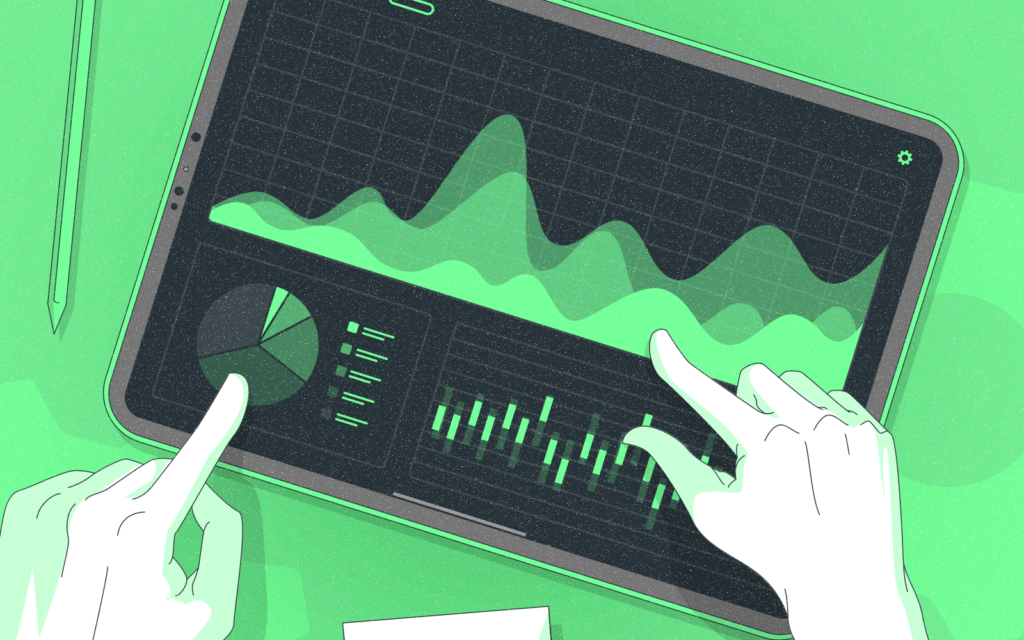
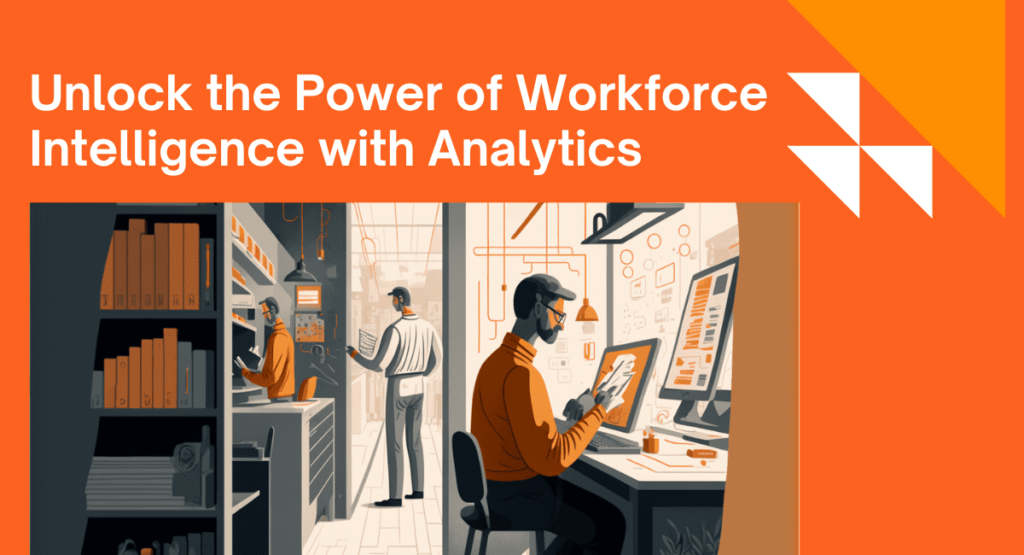
Imagine you’re in charge of a big company and want to ensure all your workers are happy, productive, and working well together. But how do you do that?
Well, it’s like putting together a puzzle. Each piece of the puzzle represents a type of worker and their job, and you must figure out how to make all the pieces fit together perfectly.
We call this “workforce intelligence,” and making your company run smoothly is important.
But here’s the thing, it can take effort to figure out how all the pieces fit together. That’s where analytics comes in! Analytics is like a magnifying glass that helps you see all the pieces of the puzzle more clearly.
It can help you figure out which workers are doing a great job, which ones need a little help, and how to ensure everyone is working together well.
Get more out of your business
Get the best employee engagement content every week via mailing list
What is workforce analytics?
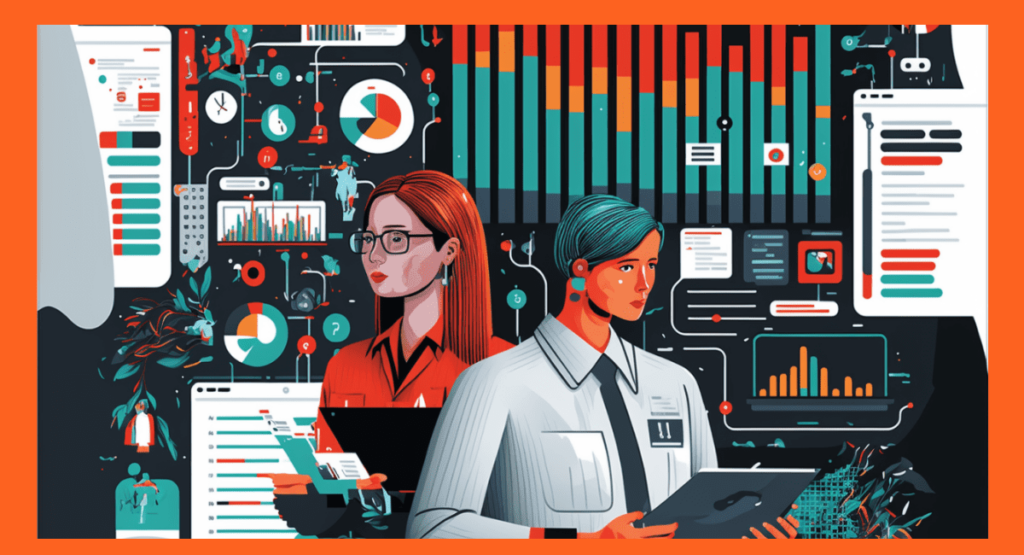
“This age of big data has presented an entirely new way that HR departments can leverage workforce analytics to better support their organization.” Bianca E. McCann.
Workforce analytics uses data and numbers to understand and make decisions about a company’s employees. It’s like using math to figure out how to make a company run better.
For example, imagine you want to know if your employees are happy. Ask them to fill out a survey and then use the answers to create a chart or graph. This graph will show you if most of your employees are happy or if some are not. This is an example of simple workforce analytics.
Or, let’s say you want to know if your employees are working efficiently. You might track how many tasks they complete each day and then use that information to create a graph. This graph will show you if your employees are working efficiently or if they need help to work better.
Both cases aim to use data and numbers to make better decisions about your company’s employees and how they work.
Is HR analytics the same as workforce analytics?
Nope, they’re not the same thing!
Think of it like apples and oranges. Both are fruits, but they’re different.
HR analytics is like looking at the apple and figuring out how to make it taste better, while workforce analysis is like looking at the whole basket of apples and oranges together and figuring out how to make them all work better together.
The function of workforce analytics.
Workforce analytics is used to make better decisions about a company’s employees. It’s like using math and data to figure out how to make a company run better by understanding how employees work and how they can work better.
Why is workforce analytics important?
Workforce analytics is important because it helps companies make better decisions about their employees. It’s like using a map to find the way. It helps companies understand how their employees work and how they can work better.
Workforce analysis makes the company run more smoothly and helps everyone be happier and more successful. It helps improve the employee’s performance and make better use of resources, ultimately leading to better results for the company and the employees.
Type of workforce analytics software
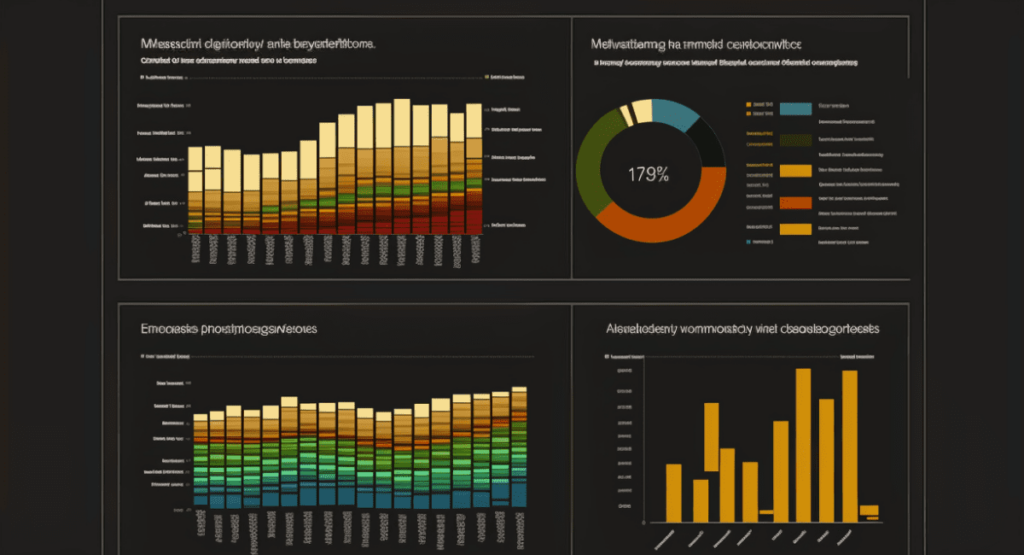
Some different types of software for workforce analytics, and each one does something different.
Think of it like different types of ice cream. Some software is suitable for looking at employees’ happiness, like vanilla ice cream. Other software is ideal for seeing how efficiently employees work, like chocolate chip cookie dough.
And some software can do a little bit of both, like cookies and cream. But in general, they all help companies understand how their employees work and how they can work better.
- Human Capital Management software is used for managing and tracking employee data such as recruitment, compensation, and benefits.
- Talent Management software identifies, develops, and retains an organization’s best talent.
- Workforce Planning software to forecast workforce trends and identify potential workforce gaps to take proactive measures.
These types of software provide organizations with insights on how to improve the performance of their employees and make better use of resources.
What is workforce planning analysis?
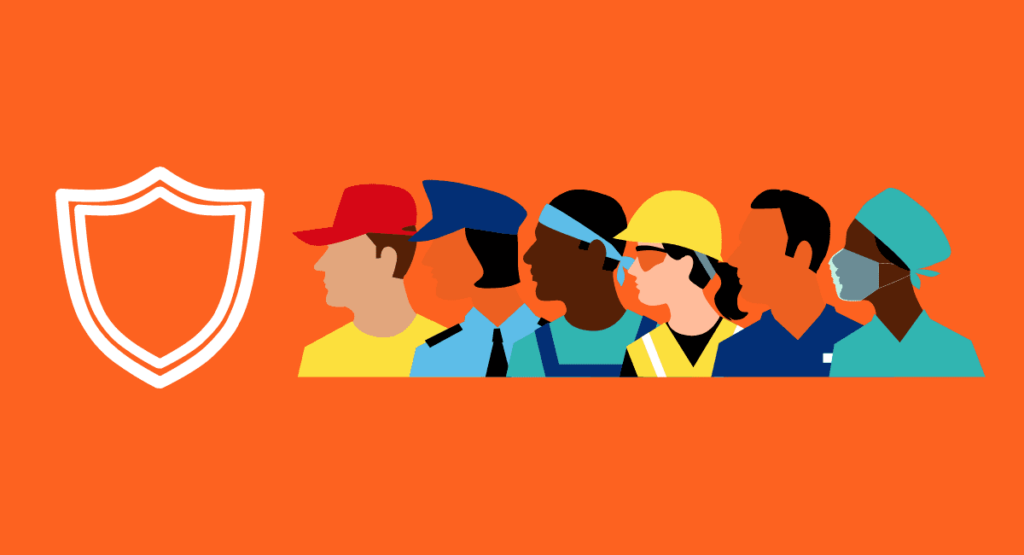
Workforce planning analysis is like trying to plan a big party.
You want to ensure you have enough people to have a good time, but only a few that it gets too crowded.
It’s like planning the perfect number of people to work at a company. Companies use this analysis to determine how many employees they need, what skills they need, and when they need them.
Just like how you plan for a birthday party, workforce planning helps companies plan for their future needs. This can include how many people they will need in the future, what jobs they will need, and when they will need them.
The Current State of Workforce Intelligence
Workforce Intelligence is about understanding how a company’s employees work and how they can work better.
Right now, many companies are using what’s called “traditional methods” to gather information about their employees. But these methods can have limitations, like not giving the whole picture or taking a long time to collect information.
Big Data Analysis
With the help of technology and something called “big data,” companies can now gather and analyze information about their employees more quickly and easily.
Big data is like a massive pile of information. In this case, companies are using big data to better understand their employees and how they work.
Workforce analytics is the process of gathering, processing, and interpreting big data, data and statistical models to make better decisions.
By using advanced technology and big data, companies can analyze more information about their employees than before. This can include how long employees have been working at the company, how many hours they work, and how happy they are.
Companies can use this information to decide things like hiring new employees, training current employees, or even how to design the office.
The future of workforce intelligence is looking very exciting with the help of big data and technology. Companies can make better decisions about their employees and how to run the company. This will lead to happier employees and a more successful company.
With the help of Workforce Analytics, companies can use this information to make their employees work, run their company better, and make everyone happier.
The Power of Workforce Analytics in Workforce Intelligence
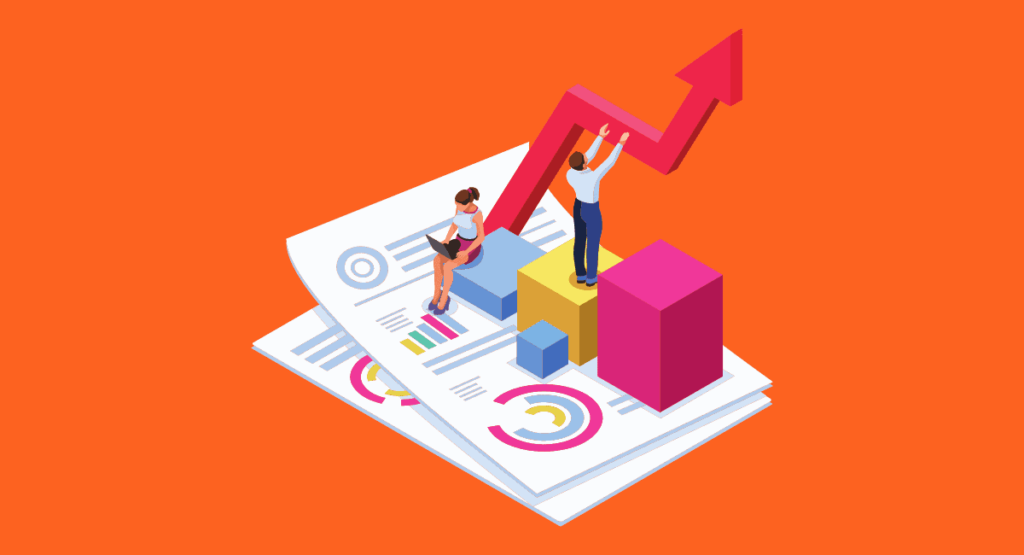
Different types of analytics can help workforce intelligence. Some examples include:
- Analyzing how many hours employees work and how many days they take off.
- Seeing how well employees are doing their jobs and if they need more training.
- Check if employees are happy and want to stay at the company.
Using these different types of analytics can be helpful for companies.
It can help them make better decisions, like knowing when they need to hire new employees or when they need to give their current employees more training.
It can also help them save time and money by knowing when they don’t need to hire new employees or when they can use their current employees differently.
Many companies are already using analytics to help improve their workforce intelligence. For example, a retail company might use analytics to see which stores are doing the best and which ones need more help. A restaurant might use analytics to see which dishes are the most popular and when they are the busiest.
With this information, they can make better decisions and run their companies more smoothly.
Using analytics in workforce intelligence can help companies make better decisions and be more efficient. Just like how a GPS enables you to find the best route, workforce analytics helps companies find the best way to use their employees.
Building a Workforce Intelligence Analytics Strategy
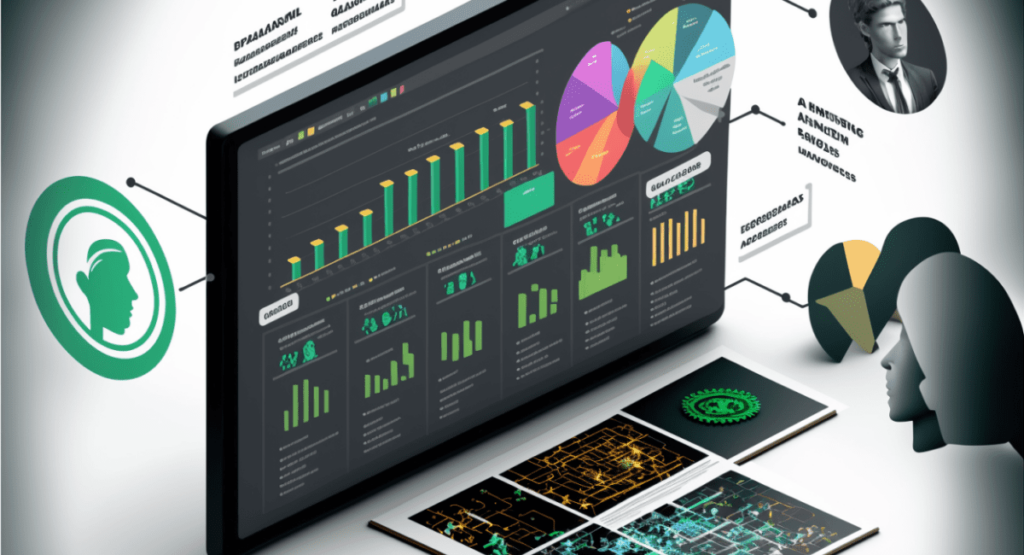
Building a good plan for understanding your company’s employees is like making an incredible treehouse. You must have a good plan, get suitable materials, and build it step by step.
Steps for building a comprehensive workforce intelligence analytics strategy
The first step to building a comprehensive workforce intelligence analytics strategy is to determine what you want to know.
What Information Do You Need?
Just like you need to know what kind of treehouse you want to build, you need to know what kind of information you want to gather about your employees.
Some examples of things you might want to know include how many hours employees work, how many days they take off, and how well they are doing their jobs.
Gather Data
The next step is to gather the data you need. Collecting data is like getting the wood, nails, and materials you need to build your treehouse. For workforce intelligence, you might gather data by having employees fill out surveys, track how long they work, or look at how well they perform.
Analyze
Once you have the data, you need to analyze it. Analyzing is like looking at your materials and figuring out how to use them to build your treehouse. For workforce intelligence, analyze the data to see how many employees you need, what jobs they should be doing, and when you need them.
Make Decisions.
Finally, you need to use the information you’ve gathered to make decisions. This is like using the materials you’ve collected to build your treehouse. For workforce intelligence, you might use the information to decide when to hire new employees, give employees more training, or when to move employees to different jobs.
Discussion of the importance of data governance and management in a workforce intelligence analytics strategy
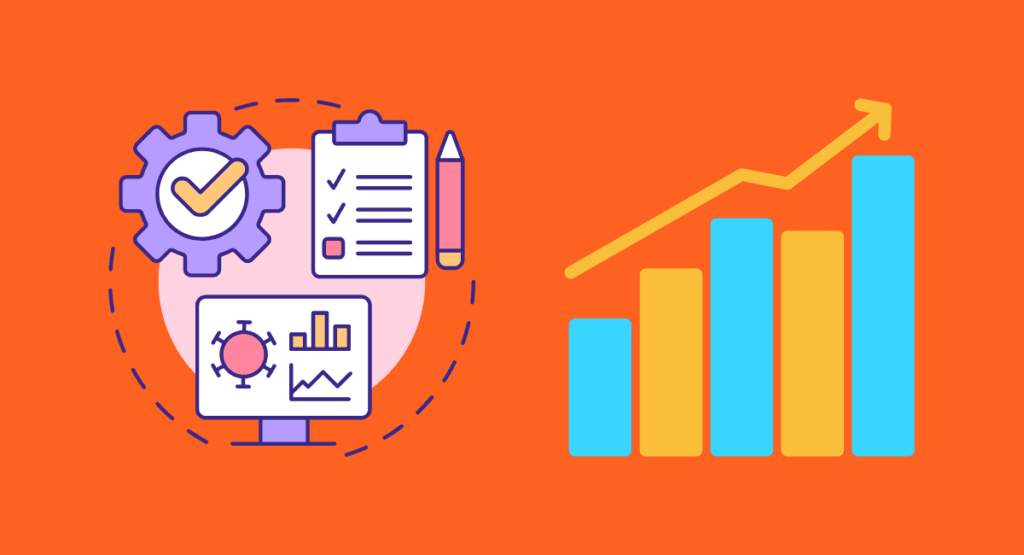
The data you collect about your employees is the treasure inside. Just like you would have a guard to protect your treasure, you need to have a plan to protect your data. This plan is called data governance and management.
Accurate
You need to make sure that the data you collect is accurate. Like a guard would check for intruders, you must check your data for mistakes.
People Authorization
You must ensure that only the right people can see the data. Just like you would only let certain people into the treasure room, you need to ensure that only the people who need to see the data can see it.
Data security
You need to make sure that the data is safe. Just like you would have a fireproof room to protect the treasure from fire, you need to have a plan to protect the data from hacking.
Data for goods
You need to make sure that the data is being used correctly. Just like you would only let people take the treasure out for a good reason, you need to ensure that the data is being used for good things like making good decisions.
Data validity
Finally, you need to make sure that the data is still valid. Just like you would check the treasure to ensure it’s still valuable, you need to check the data to ensure it’s still useful.
Best practices for implementing and maintaining a workforce intelligence analytics strategy
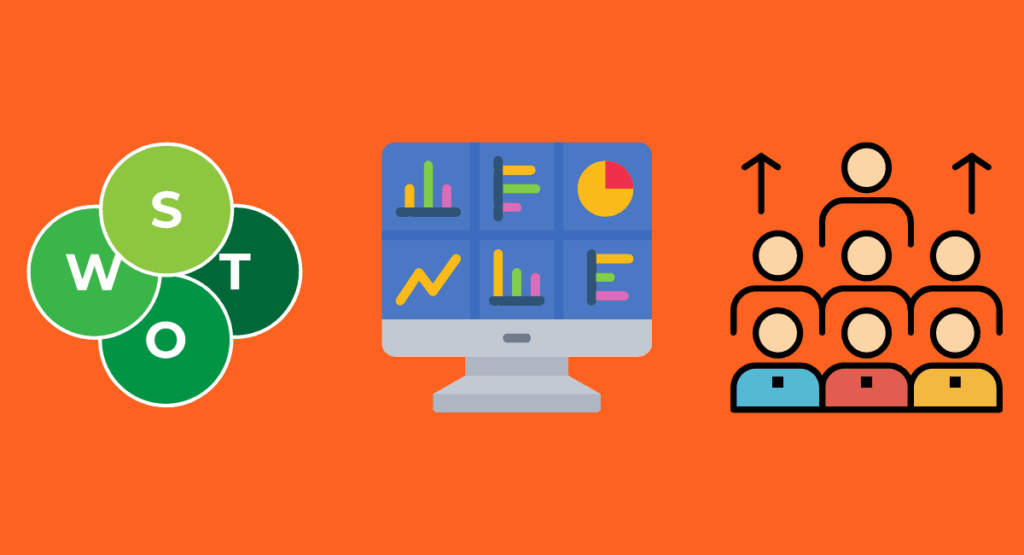
Implementing a good plan for understanding your company’s employees is like building a cool robot. It’s not easy, but it’s worth it! Here are some best practices for making it happen:
First, make sure everyone is on board. Just like you need a team to build a robot, everyone in your company needs to be on board with your workforce intelligence plan. This means getting the support of managers and employees alike.
Next, start small. Building a robot is a big task, and creating a good workforce intelligence plan is too. Start by gathering data on just a few things, and then expand as you get more comfortable.
Third, keep it simple. Robots can be complex, but you want your workforce intelligence plan to be simple enough. Keep it simple and easy to understand.
Fourth, keep track of progress. Just like how you would check on your robot to see if it’s working, you want to keep track of how your workforce intelligence plan is working. This way, you can make changes if needed.
Finally, always be learning. Companies can continuously improve robots, and so can their workforce intelligence plan. Keep learning and making changes to make it better.
Conclusion
In conclusion, workforce intelligence analytics can bring many benefits to your organization.
It can help you make better decisions, be more efficient, and save money. But it’s important to remember to use good data management and governance practices when using analytics.
It’s also essential to always keep in mind your analysis’s goal and ensure it aligns with your overall business strategy.
So, don’t be afraid to jump in and unlock the power of workforce intelligence analytics for your organization! It’s a fun and exciting journey that can take you and your team to the top!


